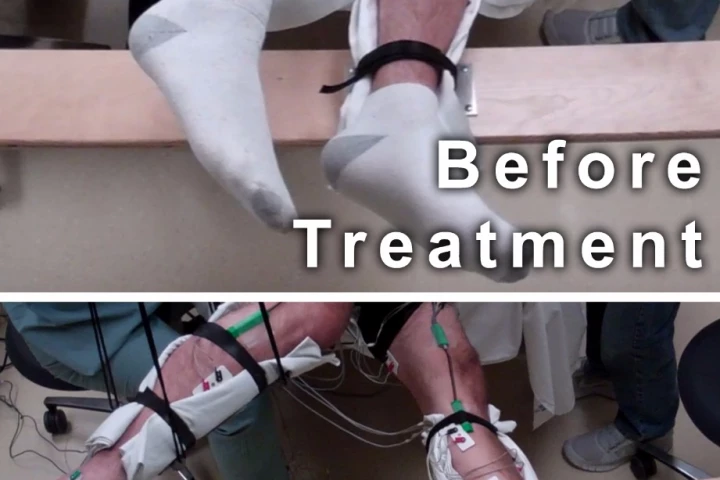Non-invasive
-
A test for pee-based markers of prostate cancer has previously relied on an uncomfortable first step. A new study has revealed that the now-available test remains just as accurate without it, paving the way from an easy in-home testing option.
-
Researchers have flipped the script on the usual approach to pain relief in a new study, demonstrating that a short course of non-invasive brain stimulation before a painful event such as surgery can prevent the development of chronic pain.
-
Scientists have boosted the motility of slow sperm by blasting the cells with 40-MHz ultrasound waves to induce movement. Capturing the technique's impact on individual sperm cells, the study opens the door to new non-invasive fertility treatments.
-
Six people suffering varying degrees of paralysis have now regained the use of their hands and fingers after participating in a UCLA-led study of a nonsurgical, noninvasive spinal stimulation technique.
-
Minimally invasive surgery often sees large, expensive robots acting as a surgeon's hands inside the patient's body. A new cheaper “needle driver” is designed to precisely mimic the motions of a surgeon’s wrist and translate it to a tiny flexible claw, with no electronic or computerized parts.
-
Researchers in the UK have announced a new laser therapy treatment that can kill low-risk prostate cancer cells without inflicting collateral damage on healthy tissue or the patient’s lifestyle.
-
A man who suffering complete paralysis has regained the ability to walk again using electrical signals generated by his own brain, pointing to the possibility of using noninvasive therapies to restore control over paralyzed limbs.
-
Working with a team of UCLA scientists, a man with protracted and complete paralysis has recovered sufficient voluntary control to take charge of a bionic exoskeleton and take many thousands of steps.
-
Five men with complete motor paralysis regained the ability to move their legs voluntarily after being treated with a non-invasive form of spinal cord stimulation called transcutaneous electrical nerve stimulation, which involves strategically placing electrodes on the skin of the lower back.
-
Researchers have developed an algorithm that enabled a man whose right hand had been amputated to grasp objects using a bionic hand controlled by his thoughts. While we've seen similar accomplishments in recent years, the new technique is non-invasive, capturing brain activity via a scalp EEG.
-
Researchers at Johns Hopkins University have developed a technique that uses magnetic resonance imaging (MRI) to noninvasively detect cancerous cells, offering the potential of supplementing biopsies or maybe one day replacing them altogether.
-
Typically, tests for diseases must be done one disease at a time, and can take days to be processed through a lab. A new device developed in an EU project, however, can test for several diseases at the same time and provide results within an hour. The LabDisk is designed for use in Africa.
Load More











